The Psychological Benefits of Biophilic Design
Today’s theme: The Psychological Benefits of Biophilic Design. Step into spaces where daylight, greenery, and natural textures restore calm, sharpen focus, and reconnect us with the living world. Join our community—share your story, subscribe for weekly inspiration, and grow with us.

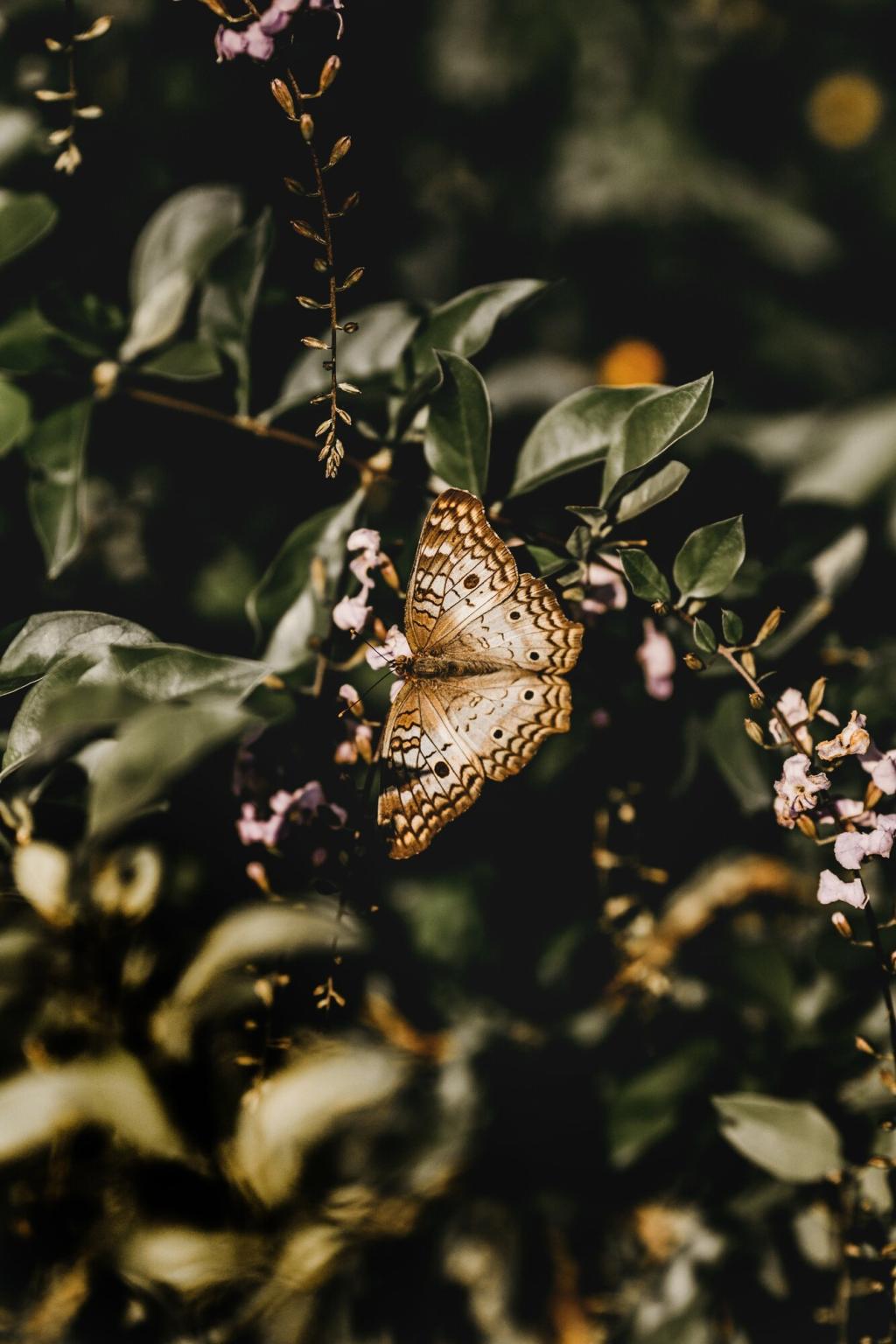
The Cortisol Connection
Multiple studies associate views of nature, indoor greenery, and natural materials with lower cortisol levels and reduced blood pressure. Even brief exposure—a window view, a plant cluster, patterned wood grain—can soothe an anxious mind. Share your stress-relief corner with us and inspire someone starting today.
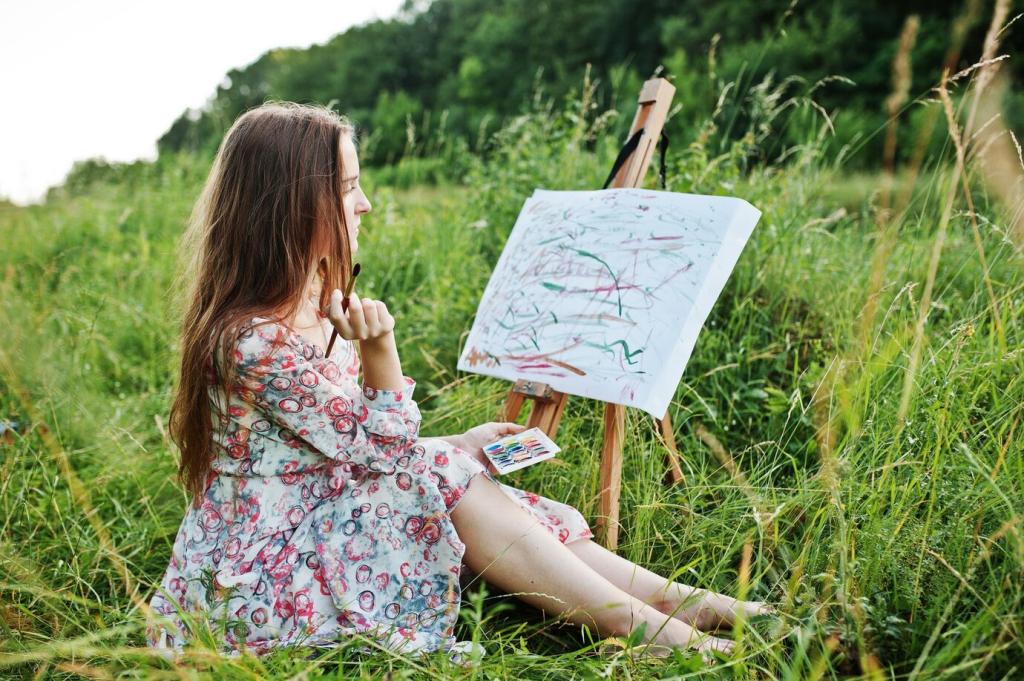
Micro-moments of Nature
When Maya placed a small fern beside her laptop, she unexpectedly started pausing between meetings to breathe, water leaves, and reset. Those micro-moments changed the tone of her afternoons. What tiny natural moment steadies you? Comment with your ritual and subscribe for more daily prompts.

Quiet Corners at Home
Create a restorative nook using soft daylight, a leafy plant, and a natural-texture throw. Keep distractions away, add a nature photo you love, and sit for five mindful breaths. Tell us how your corner feels after a week, and invite a friend to try the experiment with you.
Attention Restoration and Focus
According to attention restoration theory, softly engaging stimuli—like moving leaves, textured stone, or rippling light—let the brain rest from hard focus. Add a shaded plant, a wood surface, or an animated shadow pattern to your workstation. Notice your concentration after ninety minutes, and share what changed.
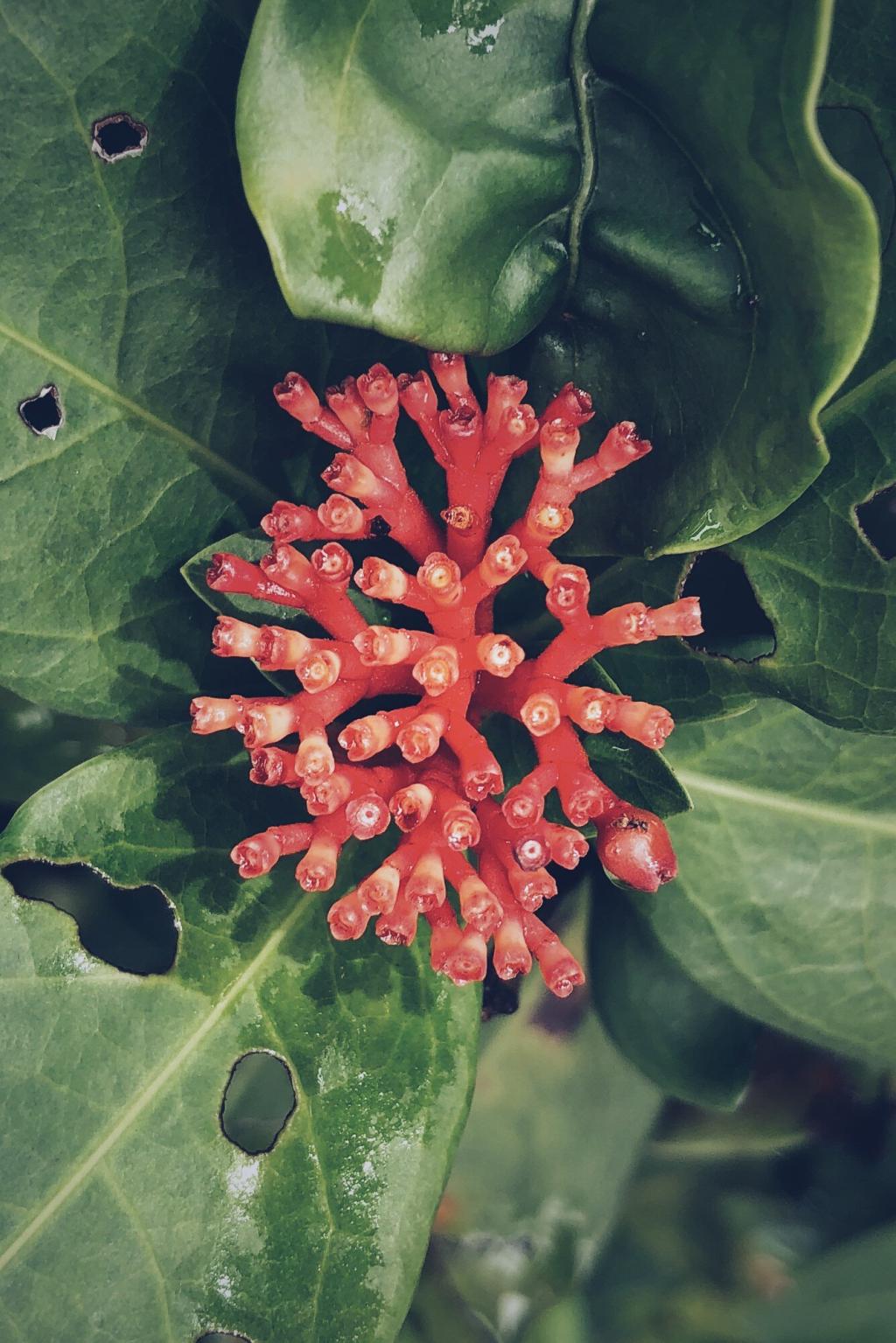
Mood, Meaning, and Biophilic Stories
A Patient’s Window
A classic 1984 study by Roger Ulrich showed surgical patients with views of trees recovered faster and required fewer pain medications than those facing a brick wall. The lesson for our interiors is clear: visual access to nature matters. Tell us about a window that changed your day.

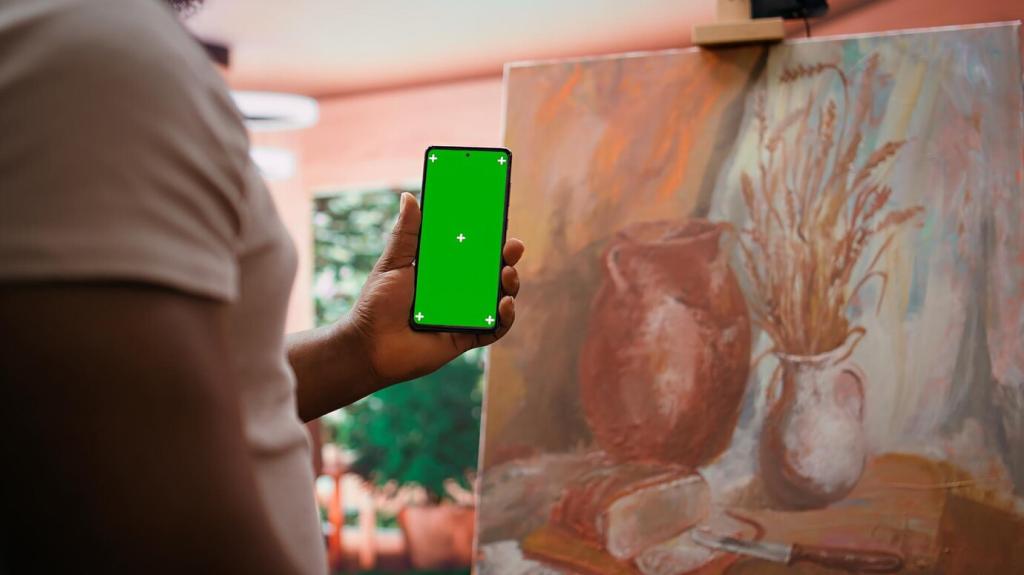
School Hallway Garden
A principal added waist-high planters and daylight-reflecting paint to a dim hallway. Teachers reported calmer transitions and friendlier chatter within two weeks. Students named the plants and tended them before class. Have a similar story from work or home? Share it so others can build on your idea.


Design Moves that Soothe the Nervous System
Use layered daylight: diffuse blinds for glare control, mirrors to bounce soft light, and warm lamps after sunset. This rhythm supports circadian cues and calmer evenings. Experiment tonight, then tell us whether your space feels kinder on your eyes. Your insights help our community fine-tune lighting.
Design Moves that Soothe the Nervous System
Choose textures like oiled wood, cork, wool, or stone to invite gentle touch. Some laboratory findings suggest contact with natural wood can reduce sympathetic arousal compared with synthetics. Curate a materials tray, touch it during breaks, and note your body’s response. Report your favorites below.
Social Connection Through Nature
01
Nature as Social Glue
Parks and gardens often spark prosocial behavior, and the same dynamic can scale down indoors. A shared planter or aquarium becomes a small commons. Invite coworkers or family to pick a plant together, name it, and rotate care. Comment with your group’s plant name and why it fits.
02
Green Break Rooms
A team replaced vending glare with table herbs, warm wood shelving, and a window bench. Snack breaks turned into short chats and recipe swaps. If you manage a space, try a mini herb bar. Post before-and-after photos and encourage your colleagues to subscribe for design ideas.
03
Family Dinner with Plants
Place a simple green centerpiece and dim lights to mimic twilight. Conversations naturally slow, voices soften, and meals feel present. Let kids mist the plant and share a rose-thorn, bud-bloom check-in. Share a photo of your table and tell us how the mood shifted across the week.
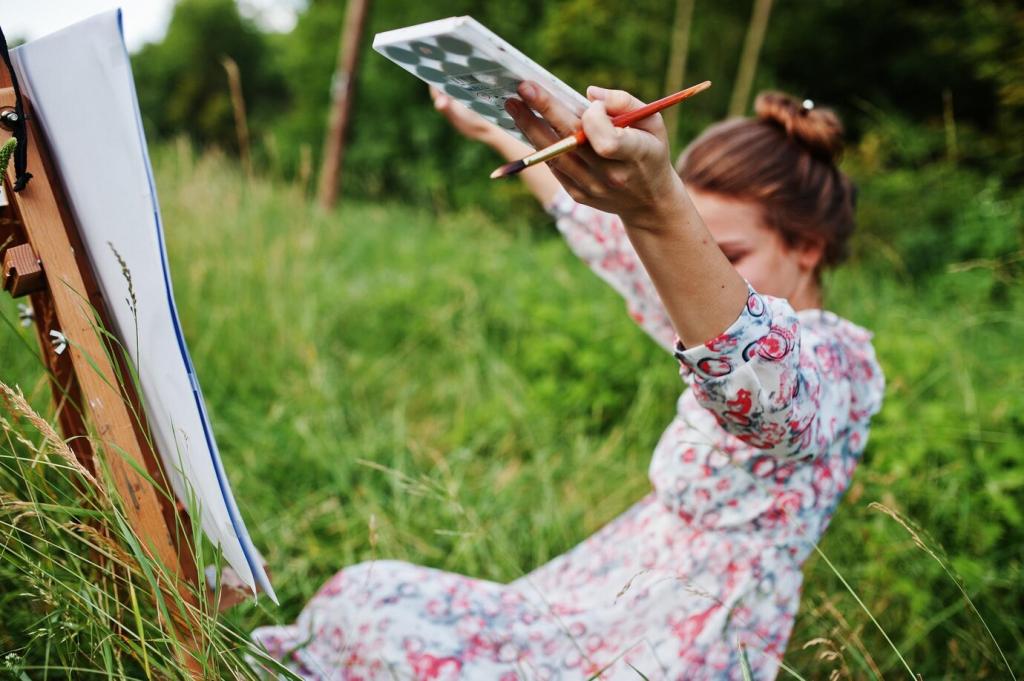
Getting Started: A Weeklong Biophilic Challenge
Day One: See and Seek
Spend five minutes noticing natural forms around you—grain, stone flecks, plant veins, sky gradients. Photograph three, make them your screensaver rotation, and breathe with each image. Comment with your favorite and invite a friend to join tomorrow’s step. Consistency multiplies the calming effect.
Day Three: Touch and Texture
Swap one plastic item for a natural counterpart—wood tray, cork coaster, wool throw. Touch it intentionally during breaks and track stress on a one-to-ten scale. Is your baseline shifting? Share your scores and subscribe to receive a printable checklist of low-cost biophilic swaps.
Day Six: Share and Sustain
Host a tiny plant exchange or photo thread. Tell the story behind your selection and the mood you hope it supports. Collective care reinforces habits. Post your reflections, ask questions, and hit subscribe so next week’s theme builds on your progress with fresh, practical ideas.
Join our mailing list
